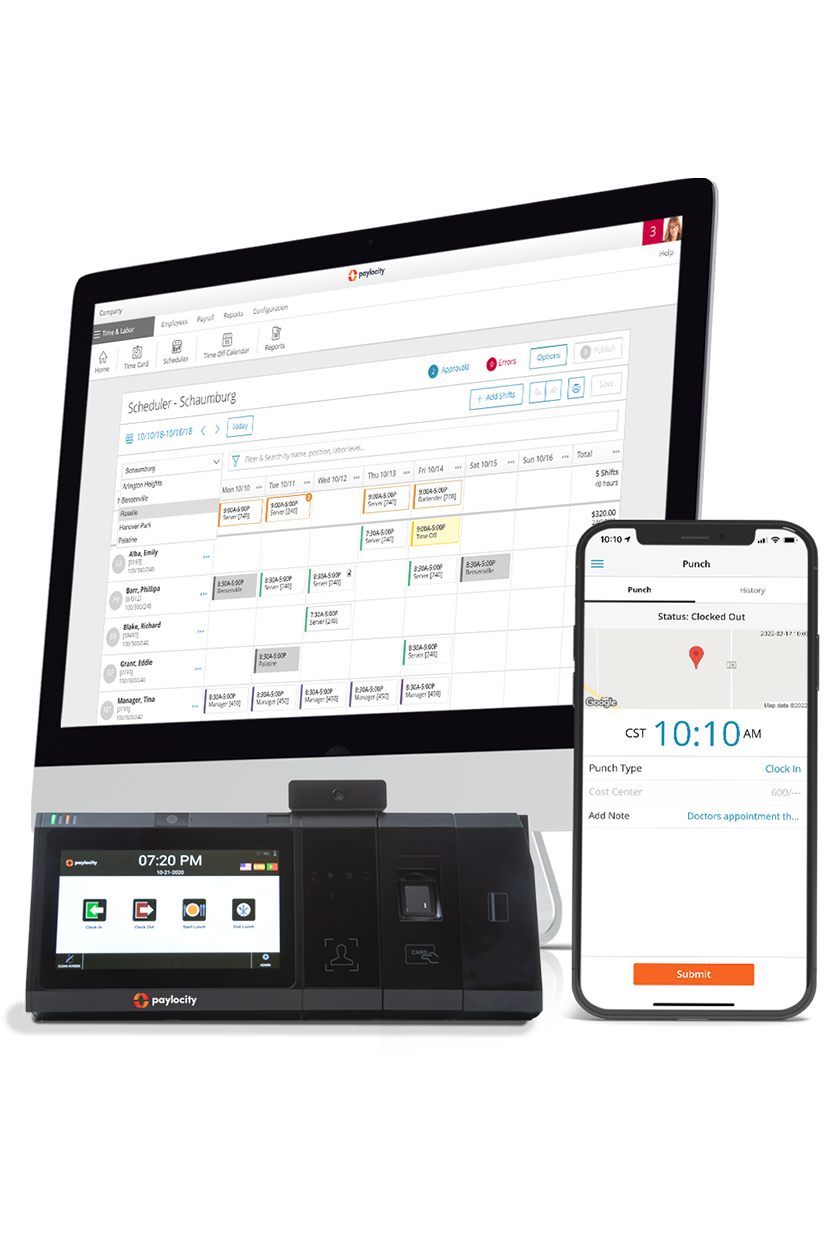Full-Time Equivalent (FTE)
Summary Definition: A calculation of labor capacity that reflects the total hours of all part-time staff members compared to the hours of a single full-time worker.
What are Full-Time Equivalent (FTE) Employees?
Full-Time Equivalent (FTE) employees are a unit of measurement used to compare the workload of different employees, such as full-time employees and part-time employees, and determine the workload capacity of the entire staff.
FTEs can be used for several purposes, including workforce forecasting, budgeting, and compliance. However, as a standardized unit of measurement, FTEs primarily allow an organization to accurately assess its workforce regarding different aspects of its overall operations. As such, organizations rely on FTEs to make informed decisions regarding strategic resource allocation and finances.
Under the Affordable Care Act (ACA), one FTE is a combination of employees who aren’t full-time, but whose joint hours are the same as a full-time employee (at least 30 each week or 130 each month).
For example, if three temporary employees separately worked 10 hours in a single week, their combined hours would equal one FTE. If one part-time employee works 15 hours in a single week, she or he would be considered 0.50 or half of one FTE.
Key Takeaways
- Full-Time Equivalent (FTE) employees is a workforce measurement including all full-time employees plus part-time employees who collectively work at least 30 hours.
- FTEs are used for several purposes, including workforce forecasting and budgeting.
- FTEs are also used to determine if an employer must comply with Applicable Large Employer (ALE) sections of the Affordable Care Act (ACA).
Applicable Large Employers (ALEs)
The FTE calculation is used to determine if an organization is an Applicable Large Employer (ALE) under the ACA. If an employer has on average 50 full-time equivalent employees, FTEs, or a mix of the two during the previous calendar year, they’re classified as an ALE and must comply with certain portions of the ACA.
Those portions specifically cover an organization’s shared responsibility for offering affordable coverage and the information it must report to the IRS every year regarding that coverage.
Learn More: ACA Compliance Guide for Employers
Calculate Full-Time Equivalent Employees
The number of hours an employee completes in a workweek can vary by organization, but the math used to calculate FTEs is the same regardless. Simply divide the total number of actual hours worked by the number of hours a full-time employee would work.
While organizations commonly define a full-time employee as working 40 hours a week, the Internal Revenue Service (IRS) only requires an individual to work at least 30 hours a week (or 130 a month) for ACA purposes.
Certain workers are not considered employees for the purposes of calculating an FTE employee, such as the owner of a sole proprietorship or large shareholders of a corporation. Visit the IRS website for a full list.
FTE Calculation: Example A
Company A has 40 full-time employees who each work 120 hours per month and 20 part-time employees who each work 60 hours per month. This means, the part-time staff collectively works 1,200 hours each month (20 x 60 = 1,200).
Dividing that amount by the number of hours a single full-time employee works in a single month results in Company A having 10 FTEs (1,200 / 120 = 10) each month.
So, while Company A’s workforce is 60 individuals (40 full-time and 20 part-time) it only has the equivalent of 50 full-time employees each month (40 full-time plus 10 FTEs).
|
Employee Type |
# of Employees |
Hours/Mo. Per Employee |
Total Hours |
|
Full-Time Employees |
40 | 120 | 4,800 |
|
Part-Time Employees |
20 | 60 | 1,200 |
|
Full-Time Equivalents |
10 (1,200 / 120) | ||
|
Total Full-Time Workers + FTEs |
50 (40 + 10) | ||
FTE Calculation: Example B
Company B has 40 full-time employees who each worked 120 hours per month and 15 part-time employees who each worked 60 hours per month. This means the part-time staff, as a whole, works 900 hours each month (15 x 60 = 900).
Dividing that amount by the number of hours a full-time employee works in a single month results in Company B having 7.5 FTEs (900 / 120 = 7.5) each month.
So, while Company B’s workforce is 55 individuals (40 full-time and 15 part-time) it only has the equivalent of 47.5 full-time employees each month.
|
Employee Type |
# of Employees |
Hours/Mo. Per Employee |
Total Hours |
|
Full-Time Employees |
40 | 120 | 4,800 |
|
Part-Time Employees |
15 | 60 | 900 |
| Full-Time Equivalents | 7.5 (900 / 120) | ||
| Total Full-Time Workers + FTEs | 47.5 (40 + 7.5) | ||

More Time, Less Labor = A Better Experience
Say goodbye to manual tasks and hello to efficiency. Empower your employees with intuitive tools to manage their time—view balances, request time off, and get real-time notifications, all from one platform. Supervisors can access 100+ reports, track attendance, and approve requests in seconds. With instant insights at your fingertips, optimizing time and attendance has never been easier.
